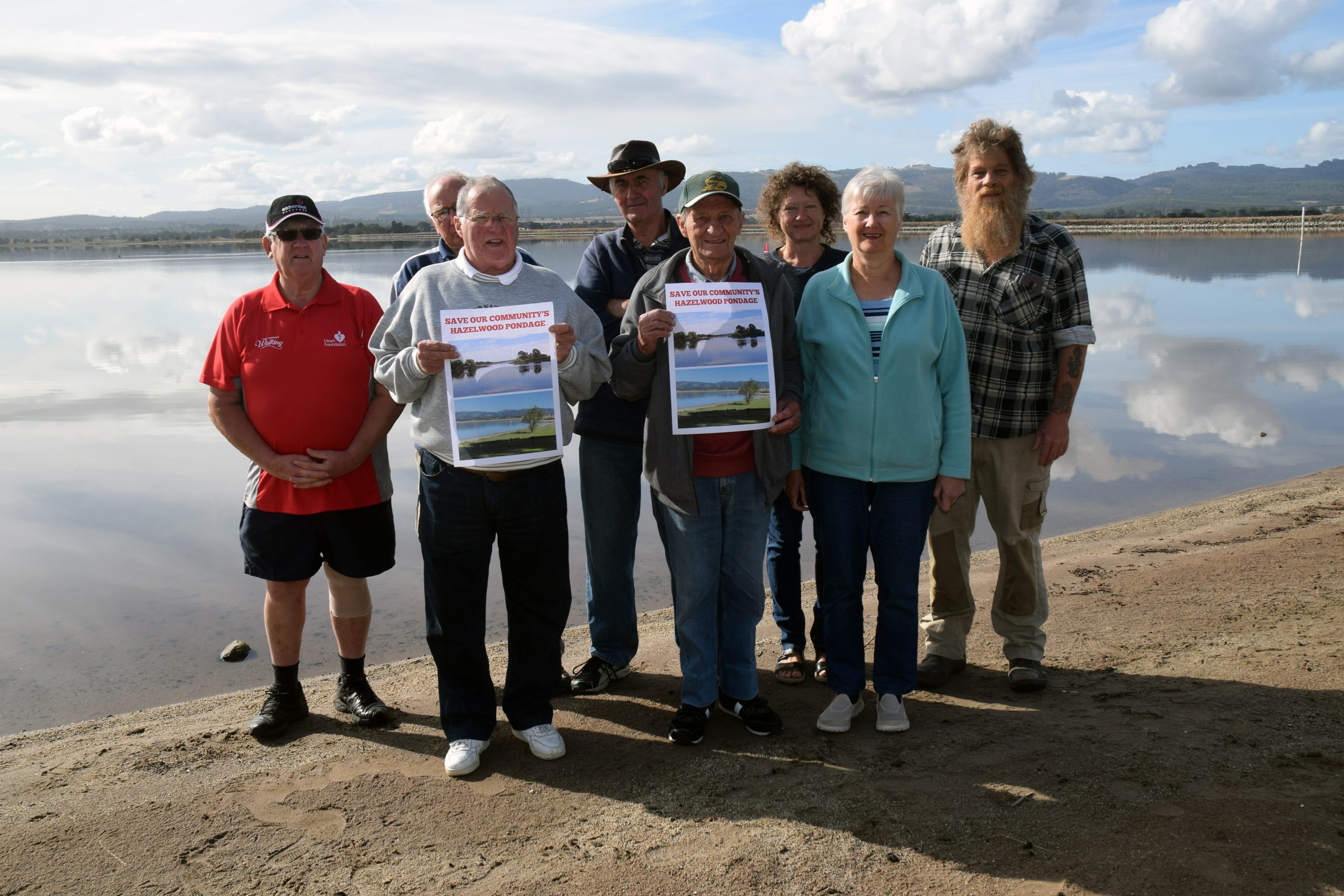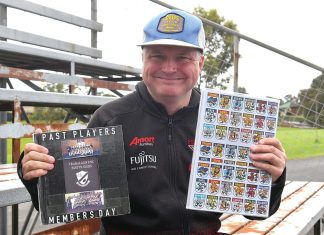By AIDAN KNIGHT
PURPOSE-BUILT to house SEC workers in 1965, Churchill is now an established and key part of the Latrobe Valley, with a vibrant and thriving population, that has grown to house more than 1000 families.
Over the years, the town has grown exponentially, with the 2021 census totalling nearly 5000, very different from the Victorian Housing Commissions initial accommodating plans for the power industry 60 years ago.
Churchill was originally named Hazelwood (a name which instead now applies to many of the surrounding area), named after a farming estate in the 1870s, which itself was named after the local pastoral run on the flats of the Morwell River in 1844.
Acquiring the land compulsorily, the state government saw it fit to rename the area in honour of British PM Winston Churchill, rather than something specific to the area, much to the disgust of some locals.
According to some, the Housing Commission seemed to like Winston Churchill so much that they took it a step further in 1967, and installed a large roadside landmark akin to icons like The Big Banana or The Dog on the Tuckerbox – ‘The Big Cigar’ – a 32-metre upright spike, supposedly inspired by the British leader’s penchant for smoking cigars.
The town’s renowned landmark was officially known upon release as ‘The Spire’, but has been a topic of many urban legends and contention over the years, so much so that petitions were made in 2022 to have it removed from the list of Australia’s ‘Big Things’, and registered instead on the Victorian Register of Geographic names as the ‘Churchill Town Symbol’. Close, but no cigar.
“It was designed to be uplifting and to inspire residents to look towards the heavens,” Churchill District Community Association’s Margaret Guthrie explained.
It was also a concern of the Association whether referring to the monument as a cigar promoted smoking – something that saw the removal of the Myrtleford ‘Big Cigarette’ on the other side of the state, which was previously the tallest ‘big thing’ in the nation.
Similarly, multiple attempts have been made to return the township to its original name, including another petition from the same Community Association. In 1989, there was enough public discourse to warrant a vote, in which Churchill won by a tight lead.
Lake Hyland, sitting snuggly within Mathison Park, is a key attraction to Churchill, and draws a great crowd for the annual fishing competition in November.
Another local waterway is Eel Hole Creek, the walking trail leading from the park’s Koori Garden to Kurnai College, with a range of historic landmarks, such as the historic Hare’s farmhouse. This is one of the oldest buildings in the area, dating back to 1920, and remains as a reminder of the agricultural roots of the area.
The significance of the creek’s name comes from the Gunaikurnai people, the traditional owners of what is now Churchill – and much of Gippsland. The creek was only one of many that provided a vital food source, by means of fish and eels, and many of the hills around Churchill/Hazelwood served as effective lookout points before European settlement.
Churchill was a notable victim of the tragic Black Saturday bushfires in February 2009, which claimed the lives of 11 people after being deliberately lit at a pine plantation on Glendonald Road.
The rebuild was a long and arduous process, with some victims still living in temporary accommodation as late as 2015.
Churchill is also home to Federation University (formerly Monash University), which has played a key role in the Latrobe Valley as a regional education hub.
The university was established only seven years after the township itself, as the Gippsland Institute of Advanced Education before it was even Monash.
FedUni is also well-known for its regional hockey ground.
Among the most famous Churchill residents is late Hawthorn footballer Paul Dear, who won the Norm Smith Medal in 1991.
From a satellite town to a cornerstone of the Latrobe Valley, the community of Churchill has come a long way since 1965, with a legacy of hard work and coalesce making it a town built to last, and one of the most attractive commuter towns to move to within the district.











